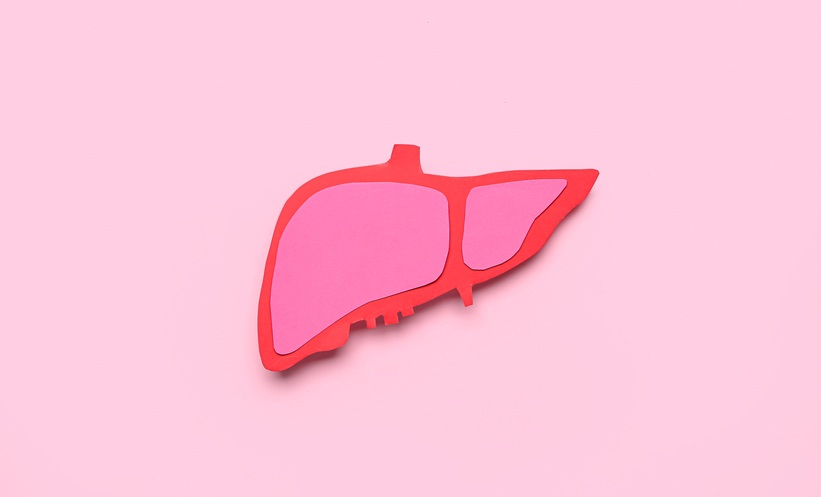Drug-induced liver injury (DILI) is the leading cause of acute liver failure leading to death or requiring transplantation in the European Union (EU) and USA.1-3 Due to the potentially severe consequences of DILI, it is also among the most frequent causes for regulatory actions on drugs, such as marketing restrictions, clinical hold of studies, and market withdrawal.
DILI can occur in a dose-dependent fashion, with acetaminophen (paracetamol) being the prime example. This dose-dependent or intrinsic DILI is a characteristic of the drug causing liver injury in every patient exposed to an overdose exceeding a given threshold (e.g., 150 mg/kg bodyweight for acetaminophen). Dose-dependent DILI is usually detected in preclinical testing using cell and animal models. In patients presenting with dose-dependent DILI, the history (intake of overdose) and toxicological investigations are used to identify the cause of liver injury. The other form of DILI, idiosyncratic DILI (iDILI), is a result of the incompletely understood interaction of an individual patient with a given drug; therefore, iDILI occurs without a clear dose-relationship. Furthermore, iDILI only occurs in a few susceptible patients. The diagnosis of iDILI is a diagnosis of exclusion. There is no preclinical model that can reliably predict iDILI, let alone the possibility to predict susceptibility to a given drug in an individual patient.
Since iDILI is a rare event most often encountered when a drug is used by a number of patients (e.g., in a late-stage clinical trial or post-marketing), much effort is being made to identify biomarkers that help to predict severe iDILI and/or identify susceptible patients. This would allow marketing of innovative drugs by protecting patients at risk while granting access to the patients who tolerate the drug.
The search for biomarkers identifying an individual patient’s risk of developing iDILI due to a given drug is impeded by the difficulty of iDILI diagnosis. The misdiagnosis of other causes of liver injury as iDILI and, more importantly, unclear drug causality in cases of patients taking several drugs, leads to ill-defined patient sets for biomarker studies.
In order to provide proof-of-concept for a novel approach to the development of drug-specific iDILI biomarkers, a combination of monocyte-derived hepatocyte-like (MH) cells and proteomics was used.4 MH cells were generated from patients and exhibited donor-specific characteristics, most importantly, an enhanced toxicity response in vitro towards drugs that have been shown to cause iDILI in the respective patient. The 22 subjects included in this study5 gave informed consent, after which blood was withdrawn for MH cell testing and data were collected for causality assessment by Roussel Uclaf Causality Assessment Method (RUCAM) and clinical adjudication.
MH cells were generated from 22 donors. Twelve were exposed to diclofenac (3 tolerators; 4 patients with iDILI caused by diclofenac [RUCAM 7–9]; 2 patients with iDILI caused by another drug; and 3 patients with acute liver injury [ALI] of non-drug origin). Ten donors who had not been exposed to diclofenac were used as additional controls (3 tolerators; 4 iDILI caused by other drugs; and 3 non-drug origin ALI). MH cells were either kept under baseline conditions or exposed to diclofenac in vitro. Afterwards, mass spectrometry-based proteomics were performed using the cell lysates.
Following the proteomics analysis, >2,700 proteins were quantified in all of the samples. The protein expression pattern from patients with diclofenac-induced DILI differed from the other groups as shown by principal component analysis. Moreover, there was a distinct shift in protein expression upon diclofenac exposure, only seen in MH cells of patients with DILI caused by diclofenac. From the proteins influenced by diclofenac exclusively in the patients with DILI caused by diclofenac, we identified integrin beta 3 (ITGB3) as a promising biomarker because it showed marked upregulation and can be measured from peripheral blood samples since it is an extracellular protein.
As a result, ITGB3 expression in whole-blood samples from patients with diclofenac DILI and control groups was investigated by flow cytometry. The experiments revealed a decrease in ITGB3 expression only in diclofenac DILI patients. To further explore the discrepancy between the proteomics results (upregulation of ITGB3) and the flow cytometry analysis from patient blood (downregulation of ITGB3), the expression of ITGB3 in liver biopsy samples of one patient with iDILI caused by diclofenac, one patient with iDILI caused by another drug, and one patient with ALI of non-drug-cause was investigated. Here, an increase in ITGB3-positive inflammatory sites was present only in the liver of the patient with diclofenac DILI.
Thus, ITGB3 seems to be a promising candidate for an iDILI-biomarker specific for diclofenac. The hypothesis that the inflammatory event evoked by diclofenac DILI leads to recruitment of ITGB3-positive cells from the blood to inflammatory sites in the liver was developed as a result of these investigations. The results provide evidence that the novel approach combining MH cell testing with omics technologies will be helpful to identify iDILI biomarkers with increased specificity. These results warrant further investigation.








